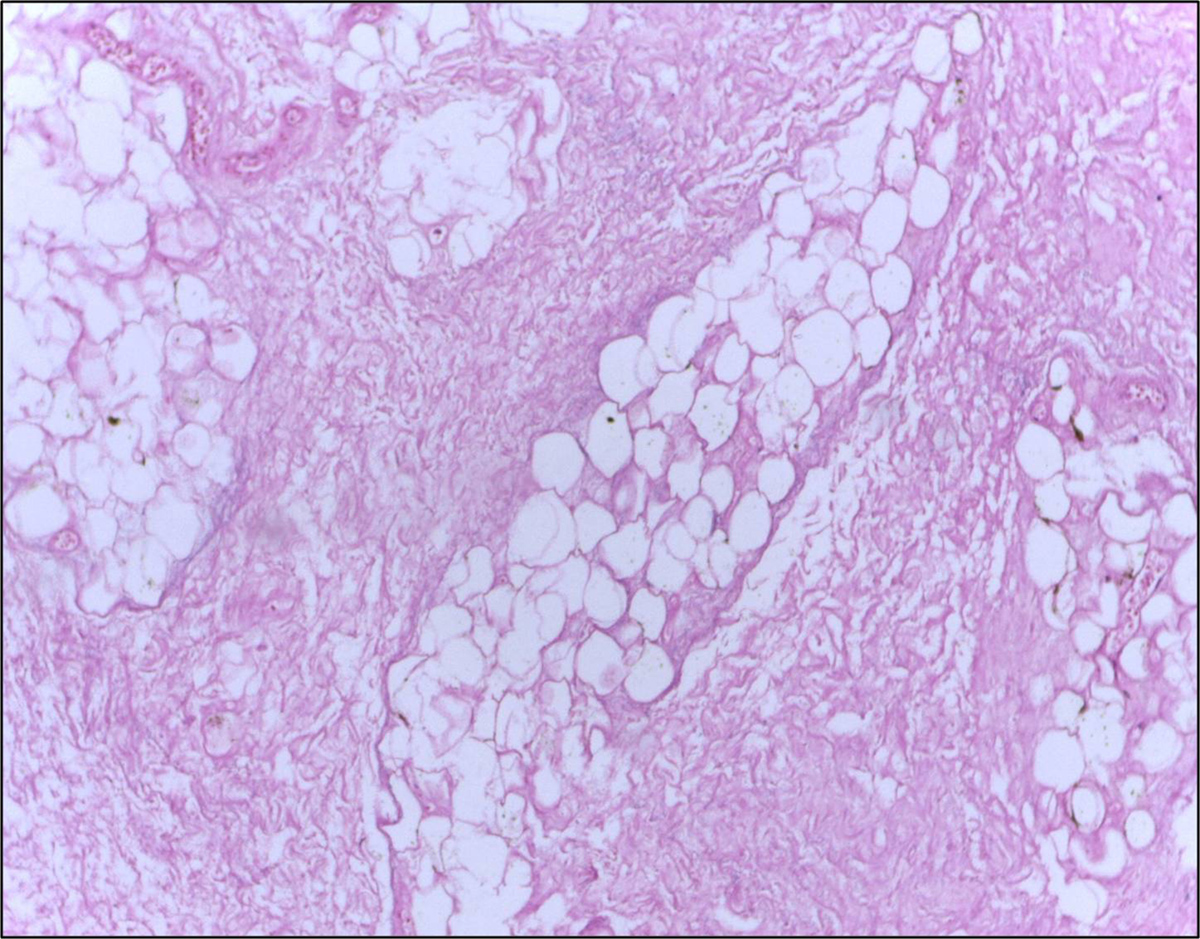
Breast lumps are common during pregnancy. They most commonly occur in the third trimester once the breasts are getting fully prepared for lactation. The lumps are basically soft, movable and develop in both breasts. It is not common for a woman to develop breast cancer during pregnancy. It affects 1-2% of all pregnant women.
Even though the most of breast lumps in pregnancy are benign it is essential for the lump to be thoroughly investigated.
Benign Breast Lumps during Pregnancy
Benign breast lumps during pregnancy are freely movable, they are painful (due to inflammation), and significantly fluctuate in size. The cyst that are related to milk production vary in size due to hormonal changes. On the other hand, breast cancer is fixed to the skin, harder to touch, remains the same in size or grows bigger. Benign lumps are round in shape while cancer is usually irregular.
Many women may simply feel the lump beneath the skin. Deeper lumps may stay undiagnosed. It is essential that each and every woman continues with self examination even during pregnancy.
Difference between Benign and Malign Lumps in Pregnancy
It is essential to investigate the palpated lump as soon as possible. Any delay in diagnosing breast cancer interferes in the prognosis of the disease. Doctors equally pay attention to lumps palpated during pregnancy and those found when a woman is not pregnant.
Malignant breast lumps are typically hard to touch, they are immovable, may seem to be attached to the chest wall or the skin, and there may be dimpling or puckering of the breast. Some doctors are capable of distinguishing a cyst from a solid lump by a manual exam. The following step is ultrasound of the breast. This method can easily make difference between cysts and solid formations. Ultrasound is not harmful for pregnant women or her baby and it can be performed with no worries.
If a doctor suspects that a woman is having a breast cancer she must undergo further tests and exams. She is supposed to undergo mammography. During the procedure a shield will cover a woman's belly and prevent the baby from radiation. Radiation from mammography carries an increased risk for damage to the baby but if performed with proper protection it can be done even in pregnant women. What follows is draining or aspiration and a biopsy of the lump and pathohistological examination of the obtained cells. Only if the tumor is confirmed to be malignant the doctor chooses the following treatment and the women starts with it as soon as possible.



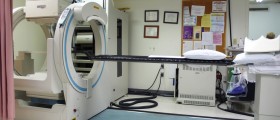

_f_280x120.jpg)


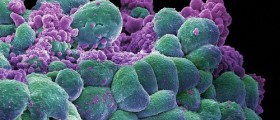
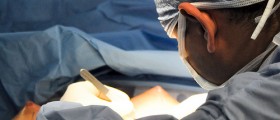





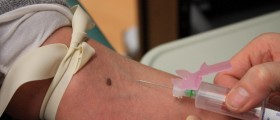

Your thoughts on this
Loading...